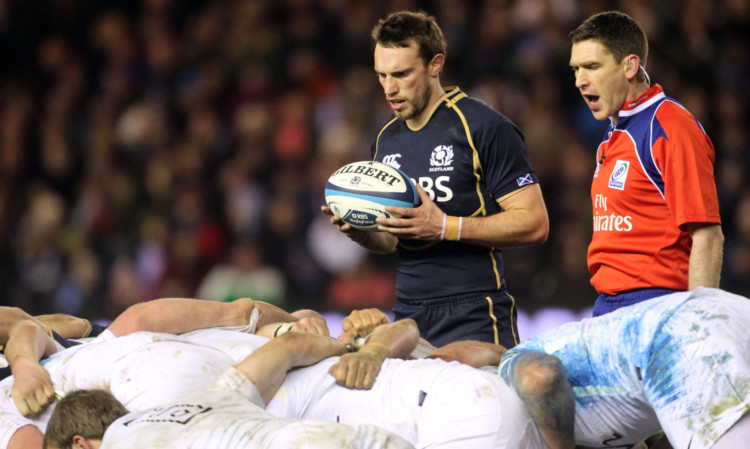
Every year the IRB like to tinker with the laws of the game. This year, they’ve made changes to the scrum an area which has needed it for some time.
There is a new way of engaging, which is intended to make the scrum safer by taking away the ‘hit’ element.
Scrum-halves will be instructed to put the ball in straight, with the hooker striking for the ball rather than relying on his pack giving him a nudge so he can walk over it.
But surely the scrum-half has always had to put the ball in straight, you ask. They have, but in recent years referees have ignored that directive.
As a result the game has evolved with hookers being picked for size and strength, rather than for speed of strike.
In many respects, it harks back to the way scrums worked over 20 years ago.
Front rows are going to have to bind before engaging and hookers are going to have to strike for the ball as it is put into the middle of the tunnel, not under their feet.
Clubs have been calling on front row players who played in the 80s to come and teach props and hookers how to play the game properly.
These new laws are designed to reduce the number of scrum collapses, which should make front row play safer.
Hookers will have to develop new skills and find a new way to hook for the ball which means there may be a move back towards smaller, faster and more flexible players.
I’m delighted the scrums will now be a more competitive part of the game.
As an old front row player, it’s also flattering to consider we still have some role to play in the modern game!

Enjoy the convenience of having The Sunday Post delivered as a digital ePaper straight to your smartphone, tablet or computer.
Subscribe for only £5.49 a month and enjoy all the benefits of the printed paper as a digital replica.
Subscribe